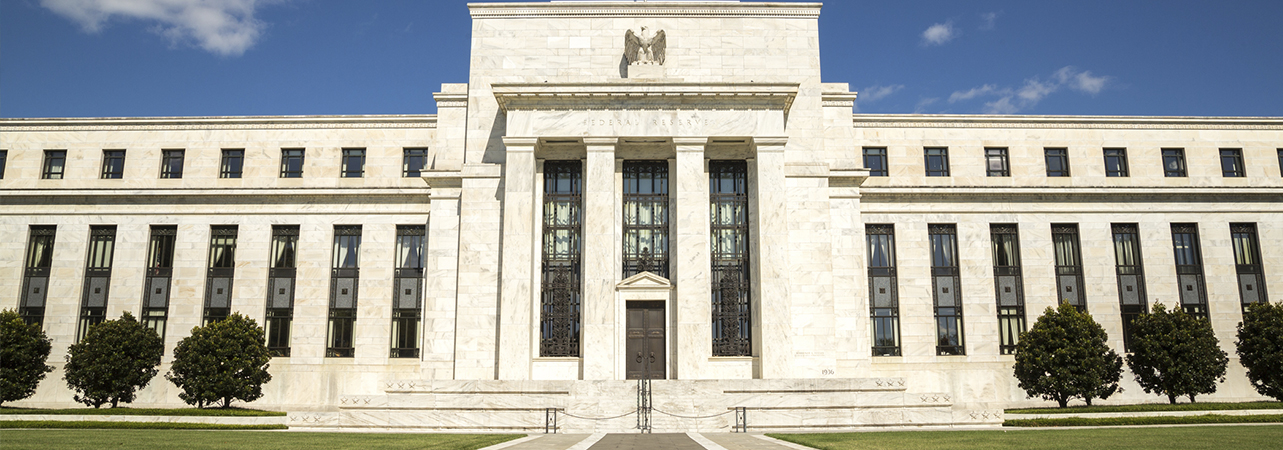The Federal Reserve surprised markets by announcing a 50bps interest rate cut in an attempt to calm market nerves. The move hit a bum note, prompting a further sell-off in the equity market and the 10-year treasury yield to hit new lows. Not enough or too much?
- Markets reacted poorly to the move from the Federal Reserve to cut rates
- Other central banks have less scope to manoeuvre
- The rate cut may not prevent a recession, but could hasten the bounce-back
Markets had been anticipating some reaction from central banks. The rally on Monday after a week of solid falls was attributed largely to an assumption that the Federal Reserve and others would cut. However, when the cut came – faster than expected - markets weren’t impressed.
Some speculated that the interest rate cut acknowledged the seriousness of the crisis; it showed that central banks feared major economic repercussions. However, the more common view is that it wasn’t enough. Markets were hoping for more than they got, given the sharp deterioration in financial conditions.
Is more monetary easing on the cards? The Federal Reserve still has room to cut rates and resume its quantitative easing programme. However, other central banks can’t say the same. For the ECB, another rate cut could be counterproductive, threatening the fragile profitability of the region’s banks. The central bank may do it anyway, but it may not prove as effective. The Bank of England may cut, as could the Bank of Japan, but these too are likely to be less effective than further action by the Fed.
There is also a question of whether it will make a significant difference. The impact of the virus remains unknown and small interest rate cuts will do little to combat a major economic shock. The healing power of monetary policy relies to some extent on the confidence it engenders in markets and that may not be happening.
However, Michael Metcalfe, head of Global Macro Strategy, State Street Global Markets, is optimistic that a rate cut can make a difference. “A sizeable hit from the virus could easily result in a global recession. Action from the Fed this early in the year means that a recession when (which looks more likely than if now) it comes is likely to be shallow and short-lived.”
Metcalfe also believes that the Fed is likely to keep going to solve the problem and other central banks will do what they can. Schroders' Chief Economist Keith Wade agrees: “Assuming the virus is brought under control, activity is expected to gradually improve in the second quarter and rebound more vigorously as firms start to catch up with the backlog of orders. The bounce-back will be supported by easier policy as central banks in the US, China and the Eurozone cut rates and we see more use of fiscal policy in China.”
In the end, the Federal Reserve’s actions are more a statement of intent than a means to defend against the economic repercussions of this pandemic. As Wade says: “By making a move now, the Fed are signalling that they will support the economy come what may.”




